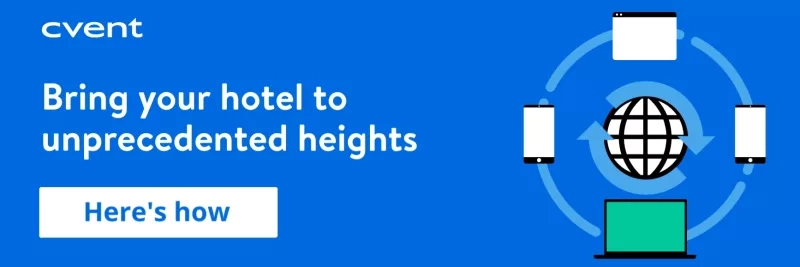Probability sampling versus non-probability sampling for hotels can be a confusing concept for anyone carrying out survey research projects. Knowing some basic information about survey sampling designs and how they differ can help you understand the advantages and disadvantages of various approaches.
Probability gives all people a chance of being selected and makes results more likely to accurately reflect the entire population. That is not the case for non-probability.
In a perfect world you could always use a probability-based sample, but in reality, you have to consider the other factors affecting your results (availability, cost, time, what you want to say about results). It is also possible to use both different types for the same project.
Comparing probability sampling to non-probability sampling for hotels
Probability sampling
Definition: Any method of sampling that uses random selection.
You have a complete population that you can choose from here. Since all persons (or “units”) have an equal chance of being selected for your survey, you can randomly select participants without missing entire portions of your audience. This means you can generalize your results from a random sample. The main downside is that it can be more expensive and time-consuming.
Use when you have time, money, and access to the full population.
Non-probability sampling
Definition: A method of sampling that is arbitrary, or not random.
This method is used when there isn’t a full population list available. People are not selected randomly, therefore you cannot know the size and effect of sampling error (missed persons, unequal representation, etc.). This sampling type can be effective when you're trying to generate ideas and get feedback, but you cannot generalize your results to an entire population with a high level of confidence. Non-probability is convenient and less costly, but it doesn’t hold up to expectations of probability theory.
Use when your access to the full population is limited, whether due to money, time, or other.
UP NEXT: Learn more about some of the best hotel marketing strategies.
Probability sampling for hotels is only one piece of the puzzle





